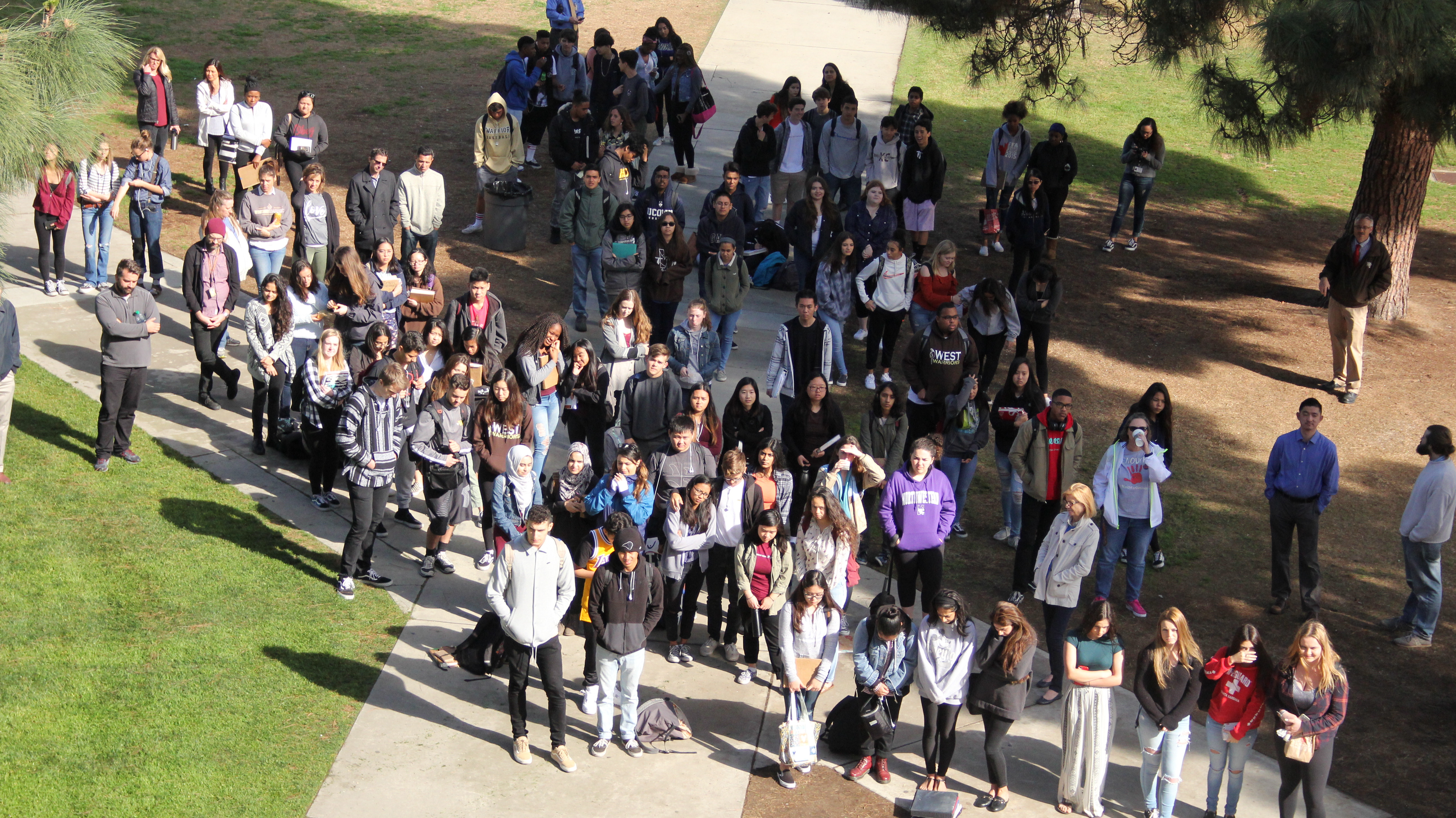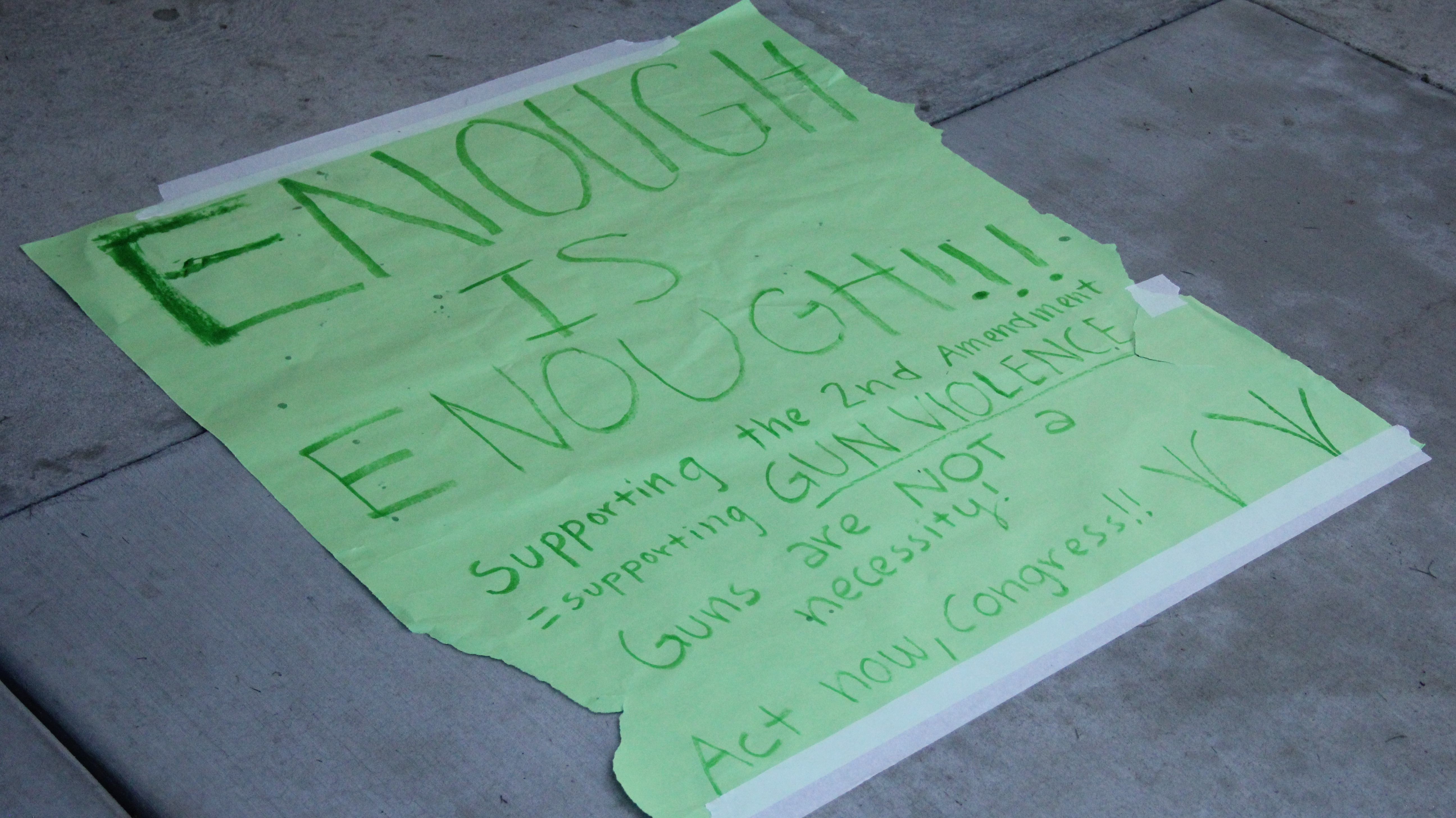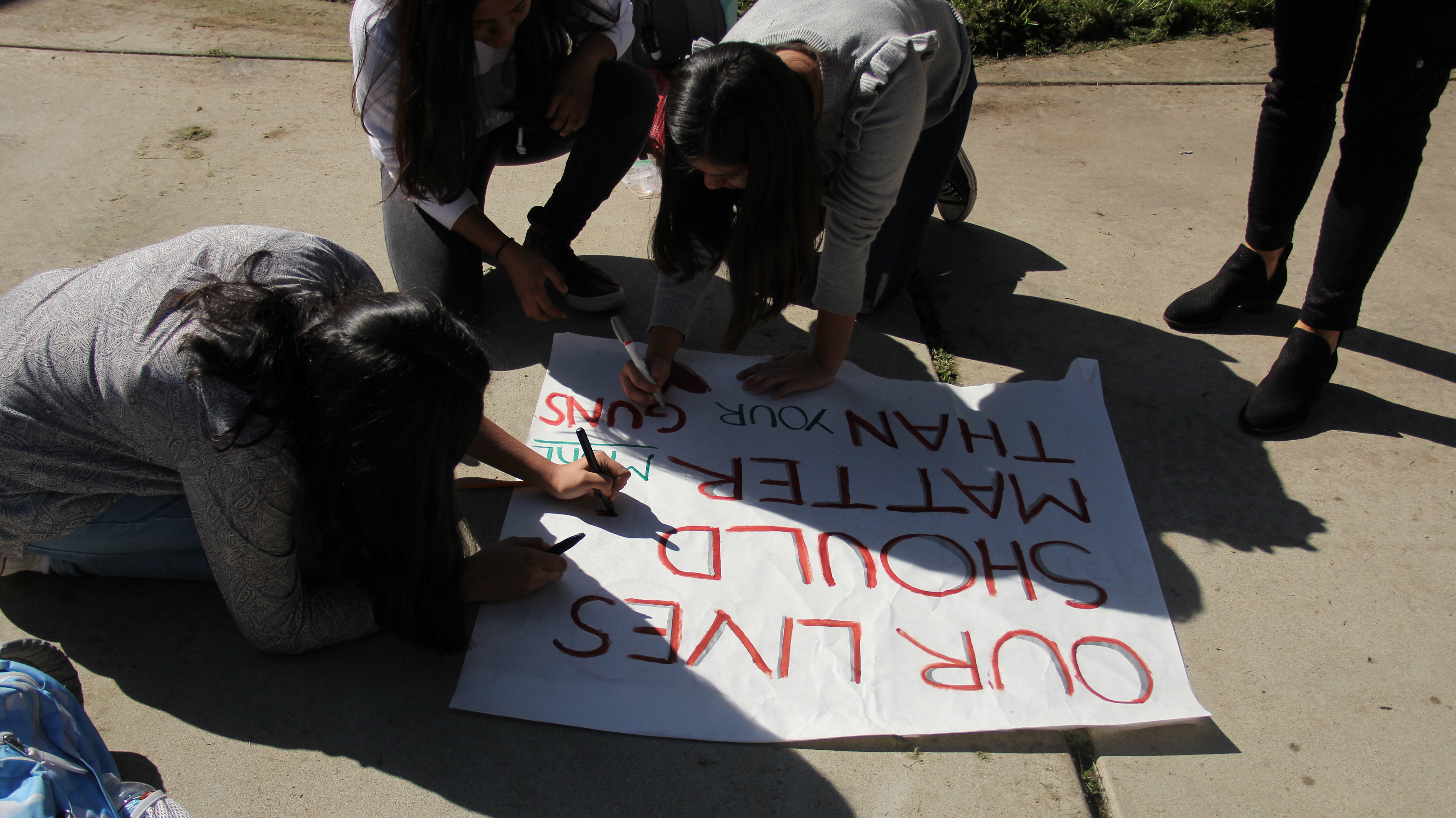Torrance Moves Toward District Based Elections; Staff Report Omits Key Information
Yesterday evening the Council took the initial step of moving from At-Large to District based elections. The action stemmed from a March 7, 2018 letter received by the City from attorney Kevin Shenkman in which he threatened to sue the City unless Torrance voluntarily moved to a District based election system.
Shenkman acted on behalf of his client the Southwest Voter Registration Education Project. In the letter he claimed that “voting within Torrance is racially polarized resulting in minority vote dilution.”
Torrance is not alone as many other California jurisdictions are facing similar threats from Shenkman. Antonio Gonzalez, the President of the Southwest Voter Registration Education Project, was quoted in an LA times article last year as saying they had already sent in demand letters to 25 jurisdictions and were going to do 100 before the year was out.
The City attorney warned the Council that the chances of the City successfully defending itself against the threatened litigation were extremely remote. In that regard, the staff report stated that:
“Every government defendant in the history of the CVRA that has challenged the conversion has either lost in court or settled/agreed to implement district elections and been forced to pay at least some of the plaintiff’s attorney fees and costs”
The staff report indicated those fees could be as high as $4.5 Million and also listed several jurisdictions that had already capitulated to Shenkman’s demands. Of those listed, however, only one (the City of Palmdale) had actually lost at trial. All of the other jurisdictions listed appeared to have either settled the case out of court or voluntarily moved to a district based model.
Not all California cities share such a bleak outlook of legal success as that portrayed in the staff report. Santa Monica and Huntington Beach, for example, both received letters from Shenkman, but unlike the other jurisdictions listed in the staff report they refused to give in to Shenkman’s demands. These cities, however, were curiously omitted from the staff report.
The omission of Santa Monica, in particular, is odd considering that Santa Monica is actively fighting the lawsuit and actually filed a motion to have it dismissed as recently as 29 March 2018. That motion stated that:
“To prevail on their California Voting Rights Act claim, plaintiffs must prove, among other things, that vote dilution is caused by the City’s at-large electoral system. Plaintiffs must therefore demonstrate that some permissible electoral scheme other than the City’s current system would enhance Latino voting power. But expert demographic analysis confirms that plaintiffs cannot do so, because no constitutionally or statutorily permissible remedy could enhance Latino voting strength. Absent proof of vote dilution, there is no constitutional basis on which to supply any remedy at all, much less a race-conscious one. Governments are authorized to separate persons into voting districts predominantly on the basis of race only when they have a compelling interest in doing so, and only where their actions are specifically and narrowly tailored to further their legitimate purposes.”
It was reported in May of last year that the City of Huntington Beach was also pushing back against Shenkman and was prepared to go to court if necessary. The City Attorney for that city was quoted as saying, “We’re going to push back. And we’re going to push back hard.”
Both Santa Monica and Huntington Beach have a comparable percentage of Latino voters to Torrance.
Torrance must hold a series of public meetings before officially making the change to District based elections. Should the Council opt to do so they can back out of their intention to change the election model and revert back to the At-Large method.


